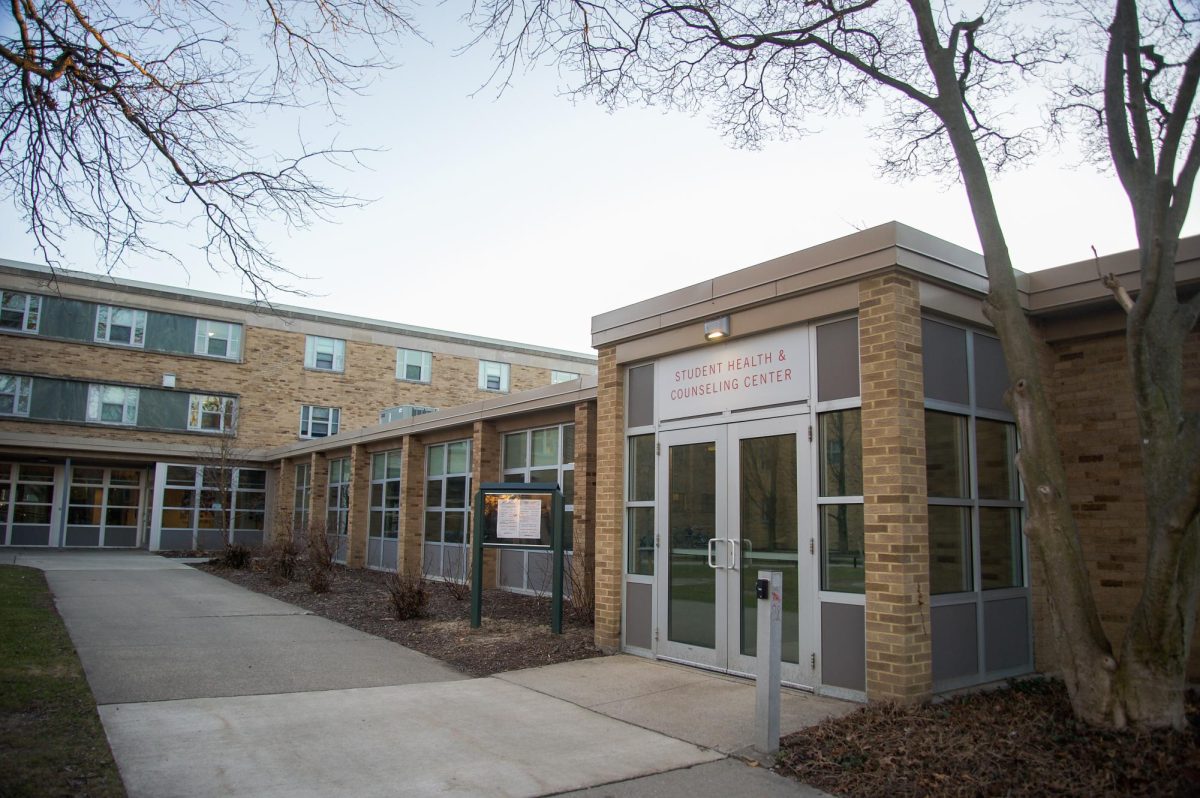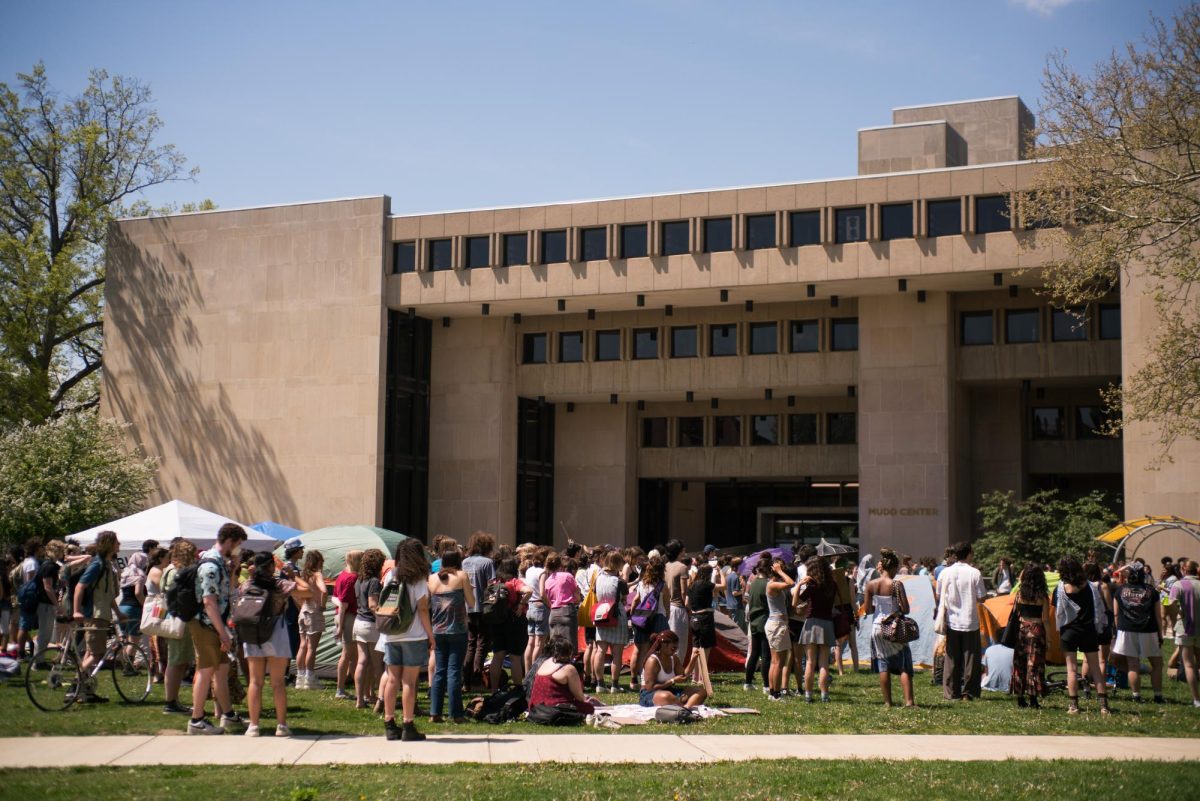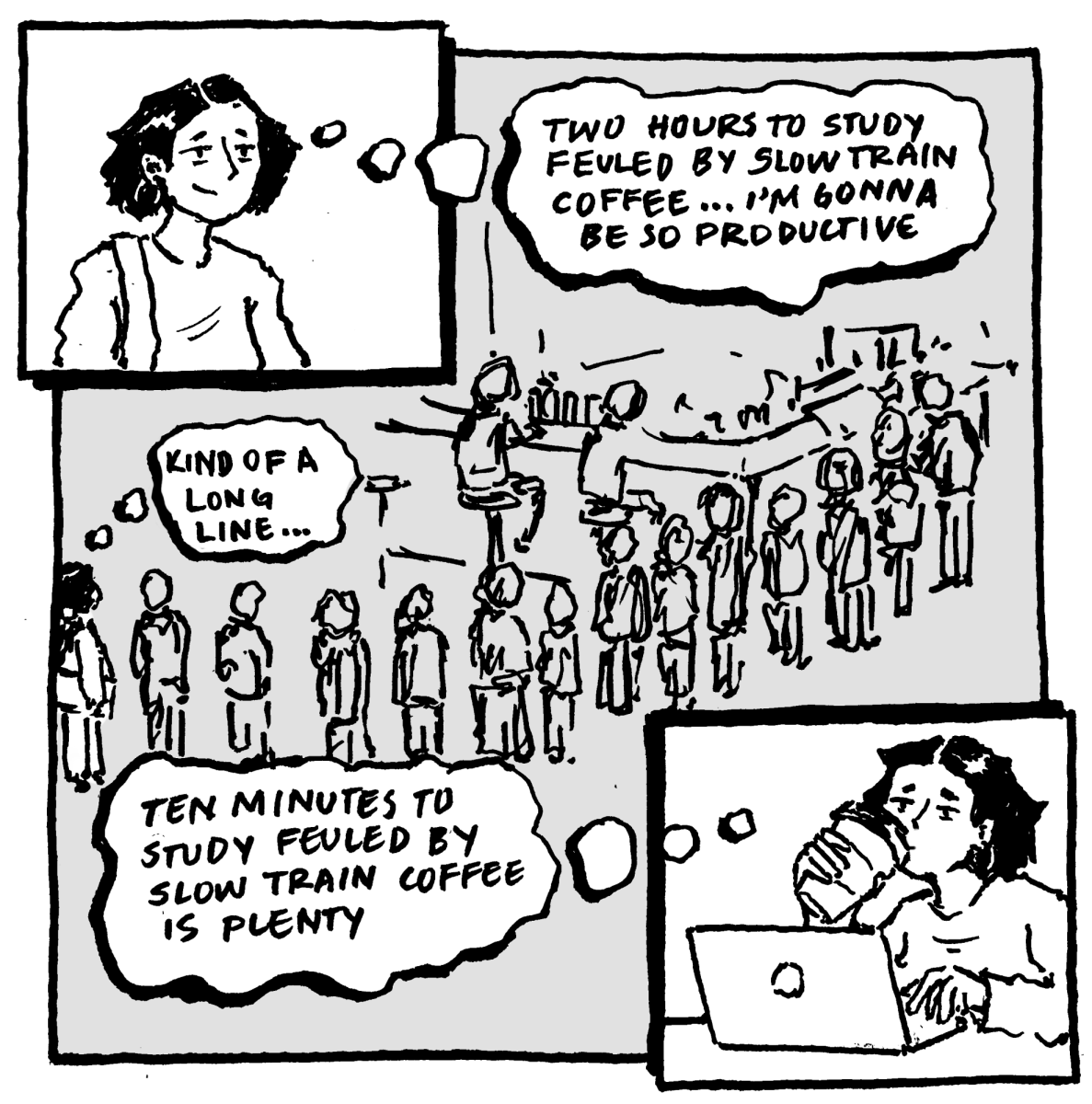This past weekend, like many others, I indulged in some seasonal festivities to welcome the new month. But by the end of the night, I found myself in a familiar situation — taking care of friends who had perhaps celebrated a bit too much and needed some help getting to bed. When I was recounting the weekend’s events to my twin sister, sharing the different ways I’d helped my friends, she asked if I had considered calling our student emergency medical services. At first, I was confused. I had no idea what she was talking about, and she quickly explained that at her college, Amherst College, students are able to contact a student-led emergency medical service. After the phone call I couldn’t let the thought go, as it had me wondering — why don’t we have something like that at Oberlin?
At Amherst, the student-led Emergency Medical Service, known as ACEMS, operates 24/7 whenever classes are in session. ACEMS provides basic life support quick response services for on-campus medical emergencies. Any student can reach them at any time by calling a campus dispatch number, which prompts Massachusetts-certified student EMTs to respond, with additional support from a Community Safety Assistant. Think of it as a medical version of Oberlin’s Rideline: students can be transported to health centers or local urgent care, arrange for an ambulance in life-threatening situations, or simply have someone to sit with them for support. ACEMS embodies student-to-student care, something I think could greatly benefit our campus.
I’ve often heard, and even experienced, students avoiding calls to Campus Safety out of fear of suspension or other disciplinary action. Although medical amnesty is actively promoted here, the thought of involving any type of authority can feel intimidating, especially in an already uncomfortable situation. Many students also avoid going to Mercy Health — Allen Hospital, either because they’re anxious about the hospital environment or worried about high medical bills. But what if Campus Safety and Mercy weren’t the only options? Imagine being able to call a fellow student as the first step in getting the care you need; a student who has not only been properly trained to address and treat the medical problems students are facing but get them the support they need without expensive medical bills or security interference.
One reason why a student-led emergency medical service would benefit students is on the basis that students naturally feel more comfortable reaching out to their peers than campus safety or hospital staff. Students would be less hesitant to call for help if there was a safer, more approachable option. They would also be less worried about facing disciplinary action as student-led care helps prioritize medical situations rather than potential disciplinary repercussions. Mental health support would also become more accessible as the anxiety around hospital and authority figures often prevents people from seeking help when it comes to mental health. A peer-led response team would offer a great alternative.
The service would also avoid the high costs of the emergency room at Mercy, especially for non life-threatening situations. Getting immediate care would not only be more accessible in comfortability but also financially. A student-run service would also hopefully reduce response times when it came to campus safety and other medical resources. Students could receive more immediate care in situations that might not require full emergency services. On an academic note, it would also be a great opportunity for those interested in becoming first-responders or joining the medical field. With proper training, our own students could gain crucial skills in handling emergencies, which would be beneficial to our campus as a whole.
My biggest push for a student-led Emergency Medical Service, however, would be the sense of empathy and understanding that would come from having peers as responders. Students who understand our campus, and might have even been in a similar situation themselves at one point and understand what someone is going through. It would encourage students to reach out when in need, as they know there is an accessible and safe option for them centered around students working together so that everyone is safe. With this, the campus would only strengthen a culture of accountability but also well-being.
I’m not sure how this would work on Oberlin’s campus, but there’s definitely a need. Over the past three years, I’ve noticed students already stepping up to provide medical support to one another. We help each other — whether it’s holding someone’s hair back or walking them to Mercy. This support could only grow if given the tools and resources to thrive, like a student-led Emergency Medical Services organization dedicated to student care.













